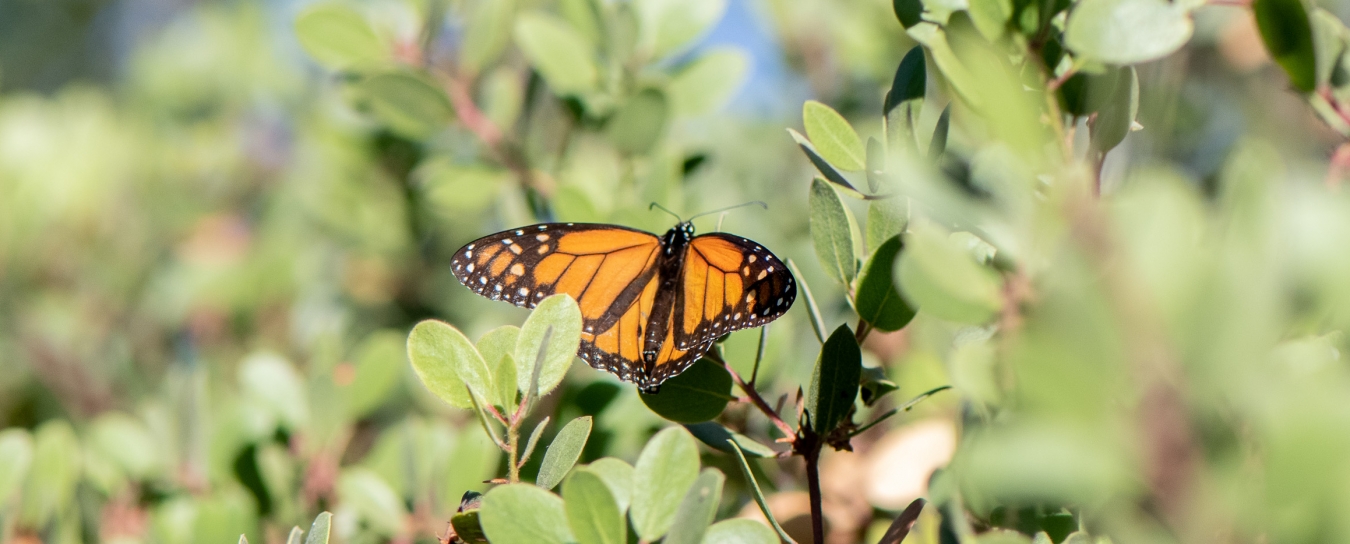
Invertebrates
See our handy guide to critters found in local homes and our Central Coast Butterfly FAQ. Browse the insects and other terrestrial arthropods we’ve identified. Check out local marine invertebrates, particularly bivalve mollusks and intertidal organisms.
- Anthropology
- Rocks & Fossils
- Invertebrates
- Vertebrates
- Botany
- Astronomy
- Fungi
- General
- Recently Asked
What can I do about the number of monarch butterflies having fallen by over 95%
What can be done about the loss of monarch butterfly habatat and their exclusive milk weed food?
What can be done to restore the Ellwood Mesa monarch overwintering site?
There is information here: https://xerces.org/managing-monarchs-in-the-west/
Curator Response
Hi Larry,
It’s great to see your interest in protecting Monarchs. However, most of my fellow entomologists aren’t quite as concerned about their welfare as the Xerces Society folks are. Insect populations often fluctuate dramatically from year to year, and it's easy to catch them during a "bad" period and generalize from that snippet of time. That being said, there does seem to be a gradual downward trend in the total population, which is worrying. Fortunately, many of the Monarch populations in other parts of the globe—Spain, Hawaii, the South Pacific, Australia, and New Zealand—are quite robust. I just saw many Monarchs on a recent trip to New Zealand myself.
There are ways to increase local Monarch populations. Planting milkweed in your garden can attract the adults to lay eggs, which will hatch into hungry caterpillars. That being said, people who have done this report that they will rapidly eat the plants to the ground! So make sure you buy enough to go around: start with at least ten plants if you’re serious about providing a meal. There is a controversy about non-invasive tropical milkweed (Asclepias curassavica), but the evidence against it isn’t convincing to me. Natives are nice, but monarchs can benefit from eating both natives and exotics, and the tropical milkweed certainly has advantages garden-wise. For example, it grows basically year-round, and it is widely available.
For more information, this site is a good start, with links to many practical resources: https://monarchbutterflygarden.net/how-to-start-monarch-butterfly-garden/
As for the Ellwood Mesa overwintering population, see information here: http://www.goletabutterflygrove.com/
The grove is closed indefinitely due to tree loss, and they have regular updates on the status here: http://www.cityofgoleta.org/projects-programs/ellwood-mesa-habitat-project
If you are interested in how to help restore habitat in Ellwood, perhaps you can try the contact at the bottom of that page.
Hope this helps!
Matthew Gimmel, Curator of Entomology


